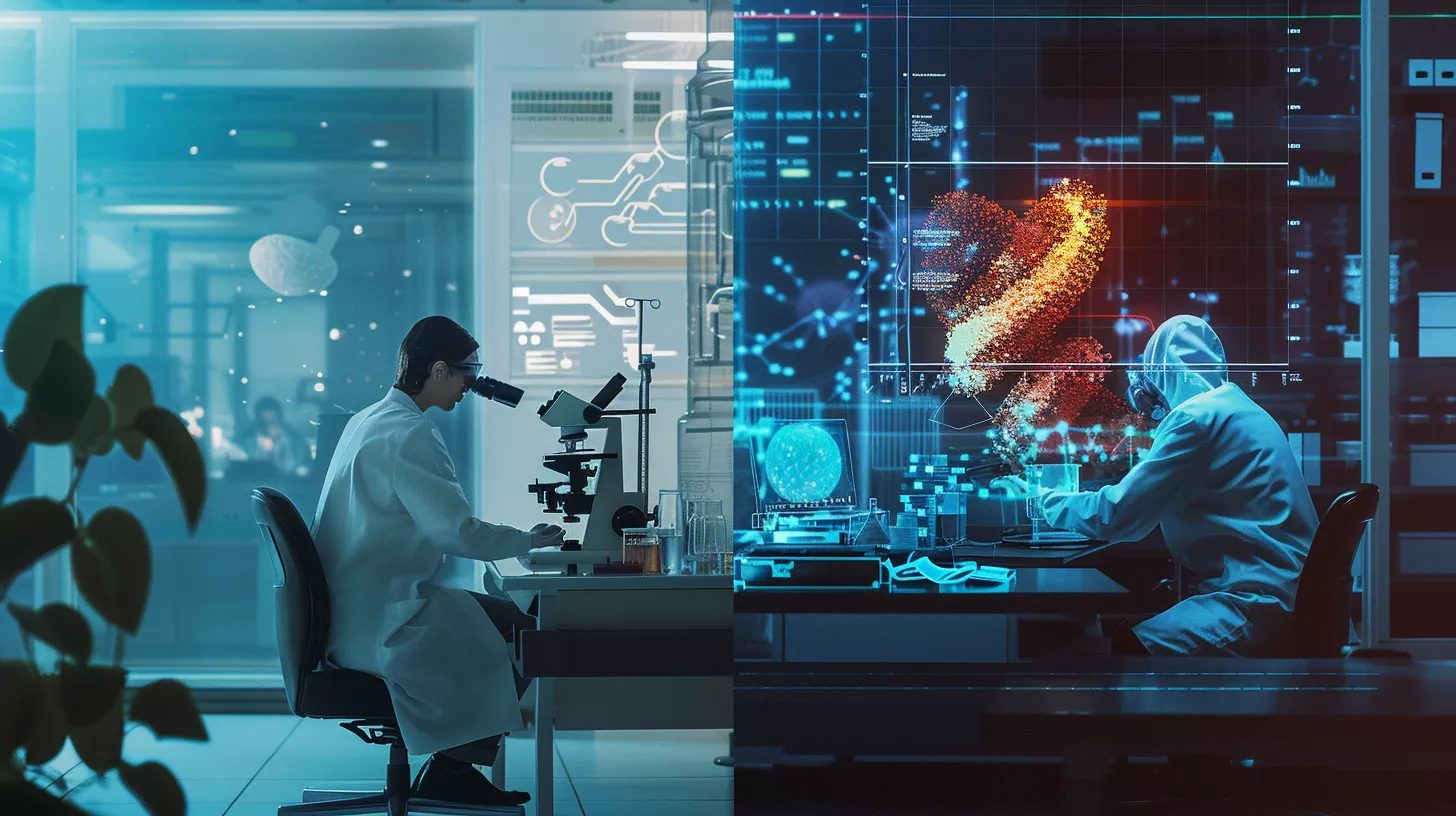Table of Contents
Researchers have unveiled a groundbreaking advancement in protein engineering: an AI model named ESM3 that possesses the remarkable capability to simulate 500 million years of evolution. This translates to the creation of entirely new proteins with an unprecedented level of control and precision, accelerating a process that has traditionally been slow and laborious.
Unveiling the Potential of Proteins with AI Simulates 500 Million Years of Evolution
Proteins are the building blocks of life, playing a critical role in virtually every biological process. Understanding and manipulating proteins has become increasingly important in various fields, from medicine to materials science. However, the traditional methods of protein discovery and development are often time-consuming and involve a significant degree of trial and error.
ESM3 revolutionizes this approach by leveraging the power of AI to simulate 500 million years of evolution. The model accomplishes this by breaking down the biological properties of proteins into smaller units called tokens. These tokens encompass a protein’s sequence, structure, and function, allowing ESM3 to analyze the complex relationships between these elements. This in turn enables the model to generate novel proteins with specific functionalities tailored for designated applications.
Reimagining Medicine and Drug Discovery with AI Simulating 500 Million Years of Evolution
The potential impact of ESM3 in the medical field is nothing short of transformative. By simulating 500 million years of evolution, the model can significantly accelerate the creation of new therapeutic proteins. These next-generation proteins could be designed with unmatched precision to target diseases, potentially leading to treatments with fewer side effects compared to existing medications. Imagine a future where ESM3 paves the way for personalized cancer therapies or highly effective treatments for chronic illnesses.

The implications extend beyond human health. ESM3’s ability to design proteins with specific functions opens doors for novel applications in veterinary medicine and agriculture. For instance, the model could be used to develop proteins that enhance crop resistance to diseases or improve the nutritional value of food sources.
Addressing Environmental Challenges with Programmable Proteins
Beyond the realm of medicine, ESM3 holds immense promise for tackling pressing environmental concerns. The ability to simulate 500 million years of evolution allows the model to design proteins with specific functionalities to address environmental challenges. For example, researchers could potentially generate proteins capable of efficiently breaking down plastics, offering a powerful tool in the fight against plastic pollution. These “designer proteins” could be engineered to target different types of plastics, accelerating the breakdown process in landfills or even oceans.
Similarly, ESM3 could lead to the development of proteins that can address other environmental challenges like oil spills or air pollution. Imagine proteins designed to break down oil molecules, accelerating the remediation process after an oil spill, or proteins that capture and neutralize harmful pollutants in the air.
Open-Source Collaboration and Future Advancements
A critical decision was made to develop ESM3 as an open-source model. This fosters collaboration and innovation by allowing researchers worldwide to explore and extend the capabilities of ESM3. This open-source approach is expected to accelerate scientific progress in protein engineering and related fields, as researchers build upon and refine the model’s functionalities.
The introduction of the Etched AI chip, specifically designed for running Transformer models like ESM3, presents another exciting development. This chip boasts superior processing speed and efficiency, potentially turbocharging AI research and applications across various disciplines. The combined power of ESM3 and the Etched AI chip signifies a major leap forward in harnessing AI for scientific discovery and technological progress.
As these tools continue to evolve, they hold the potential to transform numerous industries. From developing life-saving medicines to combating climate change and environmental degradation, the potential applications of AI simulating 500 million years of evolution are truly limitless. This research paves the way for a brighter future driven by AI innovation, where we can design proteins to solve some of the most pressing challenges facing our planet.